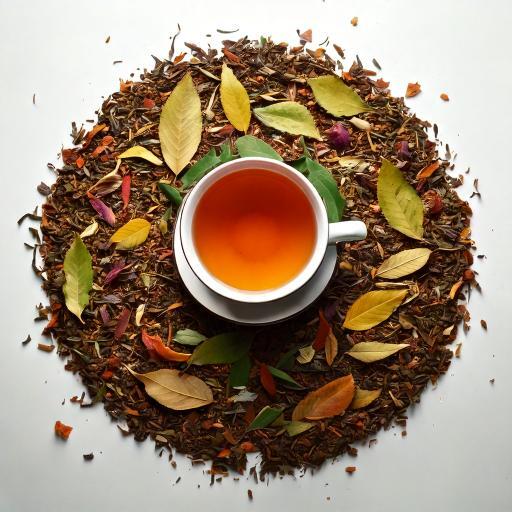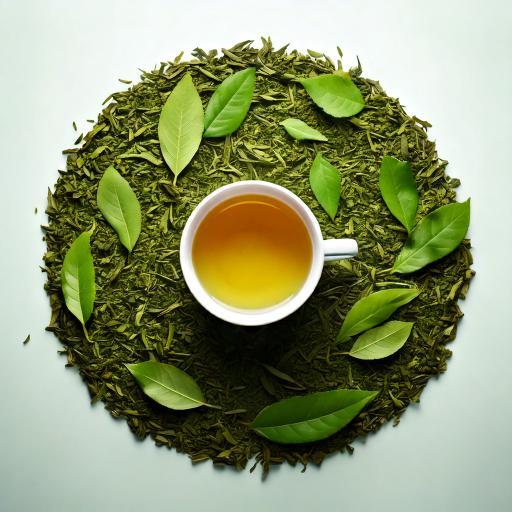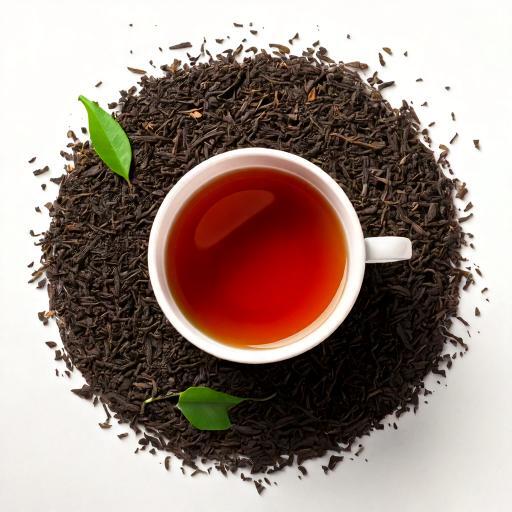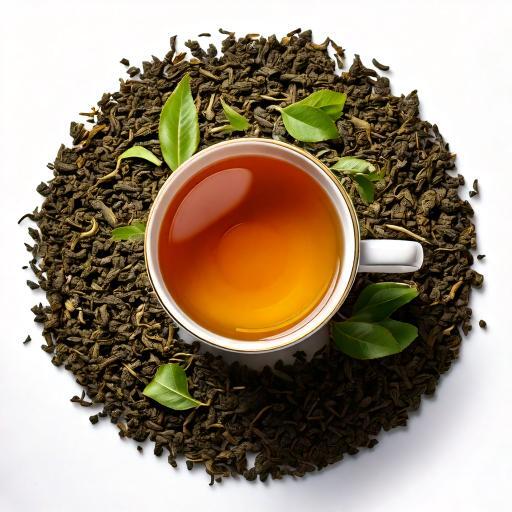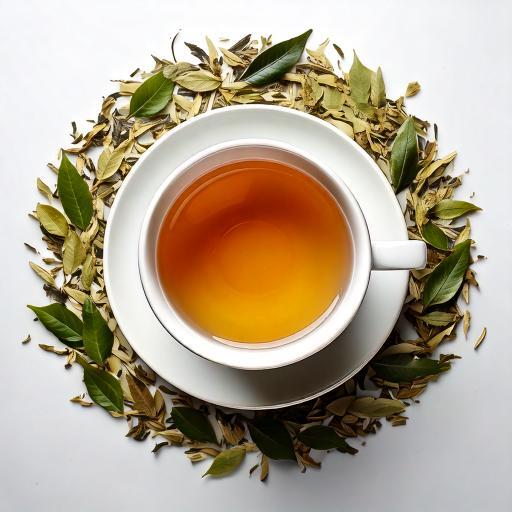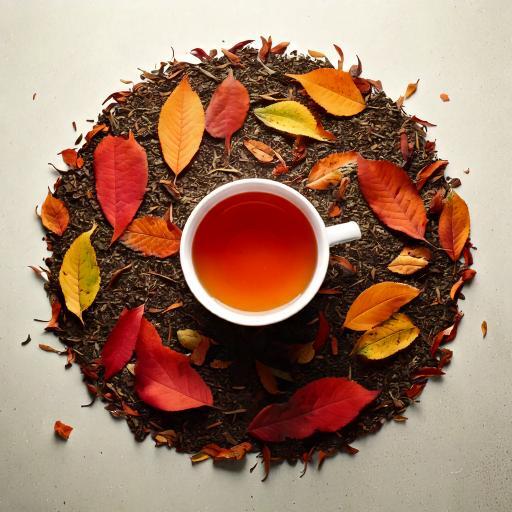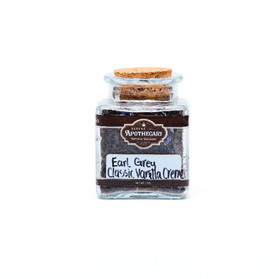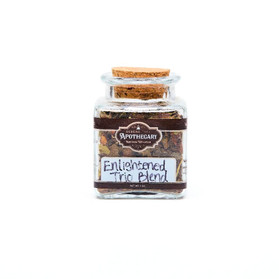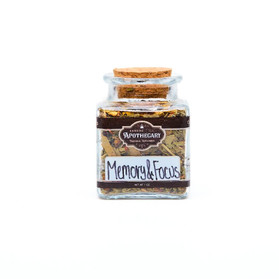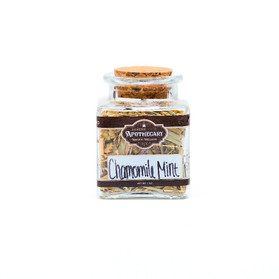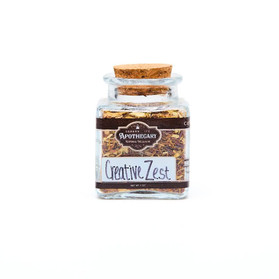
-
 $7.50 - $15.00
$7.50 - $15.00 -

Ginger Turmeric Tea - Organic Immunity Blend
$7.50 - $15.00 -

-

Enlightened Trio Blend - Organic Herbal Tea
$7.49 - $13.49 -

Daily Memory & Focus Blend – Organic Herbal Tea
$7.49 - $13.49 -

-

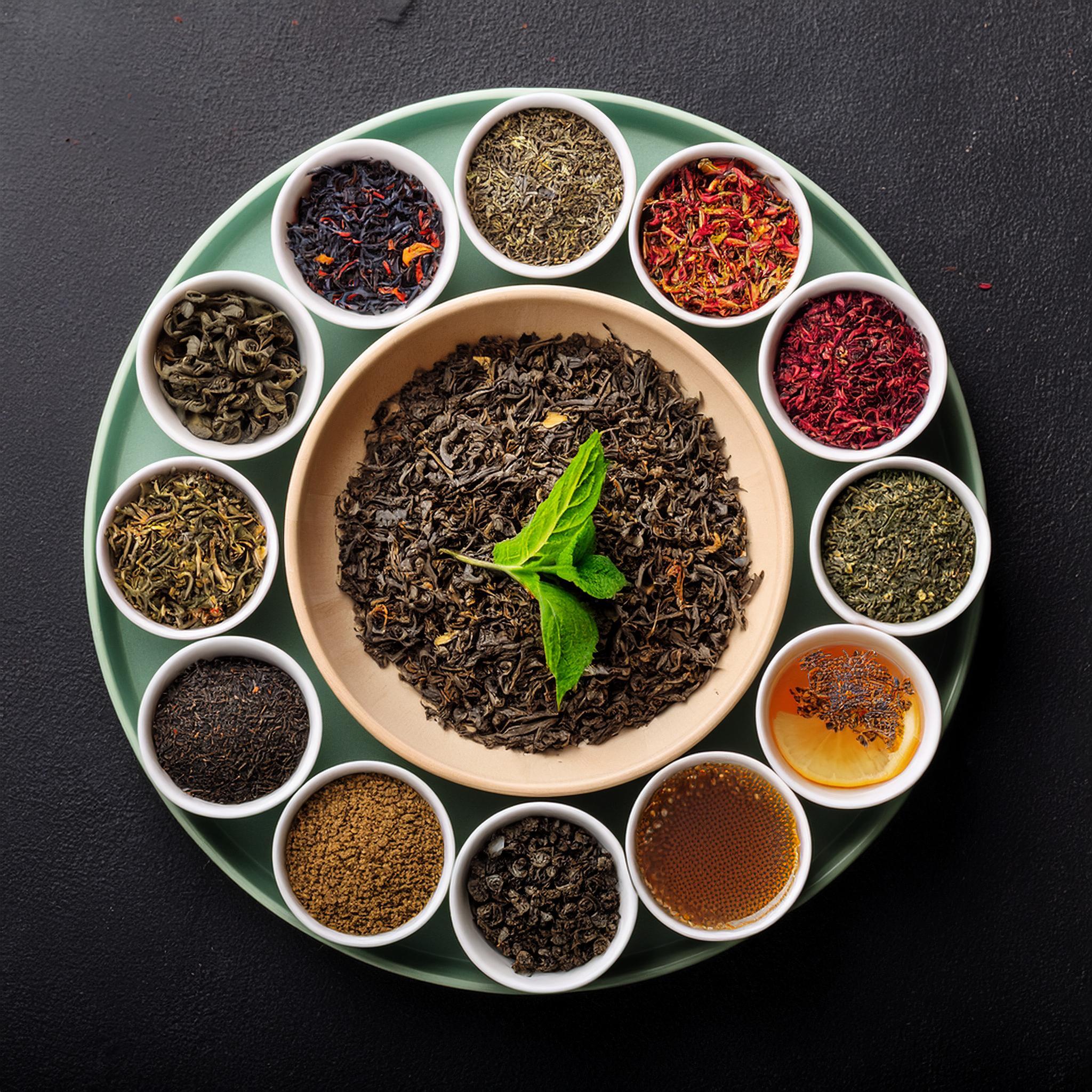
The distinction is in the tea leaves. Loose leaf tea typically is bigger, with superior leaves in comparison to leaves in tea bags. When you steep larger leaves the tea leaves expand and intermingle much better than bags with the water. Loose leaf teas provide a finer, brighter taste profile. Loose leaf teas leaves have more nutrients and antioxidants. Loose leaf teas give you more customization in the strength of your tea and it allows you to measure your portions.
Types of Tea
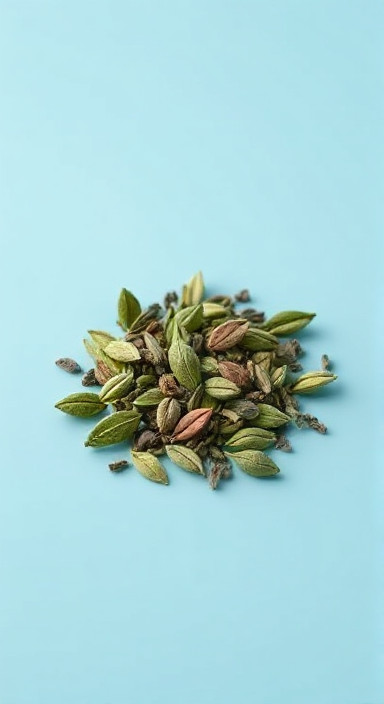
Our Herbal Teas are not technically a true tea, as it does not derive from the Camellia sinensis plant (i.e. the plant that is used to create black, oolong, green, and white teas).
What is herbal tea? Our loose leaf herbal teas are an infusion or blend of various leaves, fruits, bark, roots, or flowers belonging to numerous non-tea plants.
Our Gourmet Herbal Teas can supply mental, emotional, and physical health benefits. In a progressively stress filled and hectic world, Serene Tree Apothecary Herbal Teas let you relax and concentrate on your well-being through a complete natural approach providing numerous benefits that only Herbal tea can provide
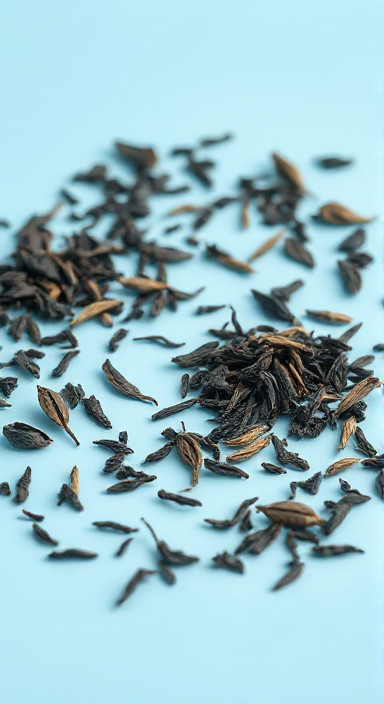
Our loose leaf Black tea is a type of tea made from the camellia sinensis plant, which is a highly oxidized tea plant, giving the color a dark gold tone, with robust, somewhat cutting flavor, and a relatively high amount of caffeine.
So, what is black tea? There are famous brands from “big tea” and blends like English Breakfast to name kinds of black tea. Black teas tend to be relatively high in caffeine, which brews a dark, bronze color, and mostly have a stronger, more robust flavor than other types of tea.
Serene Tree Apothecary Black Tea flavor profiles may include malt, smokiness, brisk, earthy, spiced, nutty, citrus, caramel, fruity, sweet and honey.
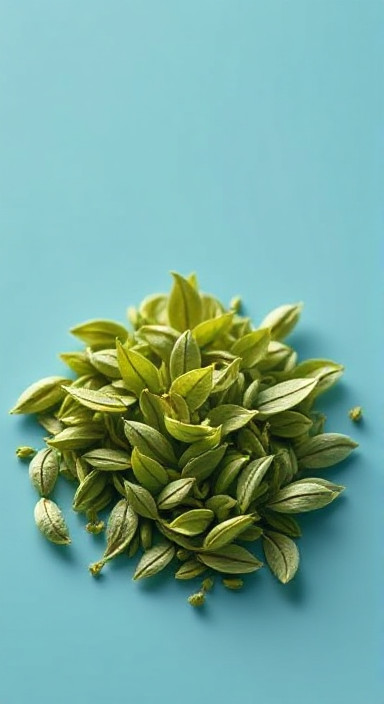
So, what is Green Tea? Green tea is an unoxidized tea from the leaves of the camellia sinensis plant. The leaves are picked with a slight wither, then as soon as possible cooked to preserve the green color and prevent any oxidization.
Serene Tree Apothecary loose leaf Green teas are crafted here in Virginia meticulously chosen for the best flavor and we carefully pick the best Matcha, Sencha, Gunpowder and other Green Tea for their benefits to your mind and your soul.
Green Teas have a much higher concentration of antioxidants than other tea types. Green tea is known to have lower caffeine per cup than black teas and much lower caffeine content than any coffee.
Serene Tree Apothecary Green Tea flavor profiles can include, grassy, earthy, sweet, buttery, nutty, and toasty.
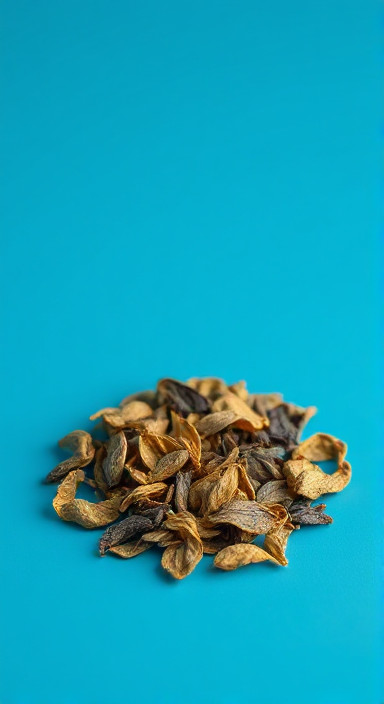
Oolong is not a black tea or a green tea. Oolong Tea can have a similar profile of black tea or green tea that depends on the processing of the tea.
What is Oolong tea? Serene Tree Apothecary Oolong Tea is a partially oxidized tea, some oolong teas can have a fresh green tea taste (less oxidized) and while others favor a black tea (more oxidized). Serene Tree Apothecary takes the process of Rolling Oolong because it is an extremely important aspect that can change the look, shade and scent of the tea leaves.
Because our oolong tea is oxidized at varying levels with the processing, the flavor profiles can be light to full bodied, flowery to grassy, and sweet to savory. The tea leaves and the tint of the tea also varies from green to gold to brown.
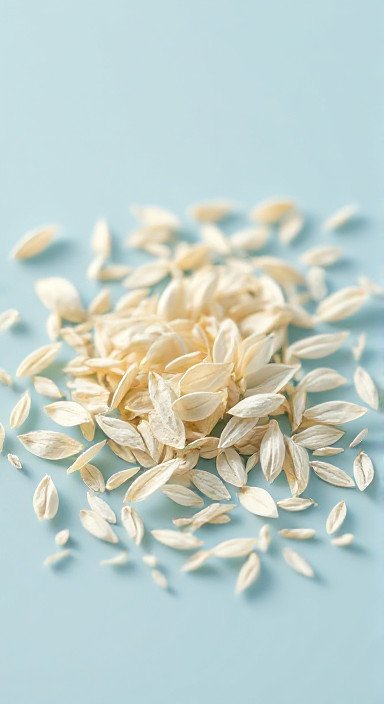
Serene Tree Apothecary White Tea is handpicked and quickly dried, so there is no oxidization like tea leaves plucked for green or black tea. The minimal processing and low oxidation create the most delicate and freshest tea existing.
What is White tea? Serene Tree Apothecary White Teas are a very delicate loose leaf tea assortment that’s minimally processed, we gather the tea leaves before the tea leaves open in full, young buds are still covered by fine white hairs giving it the name “white” tea.
Serene Tree Apothecary White Tea flavor profiles include flowery, grassy, honey, fruity, subtle, delicate and sweet.
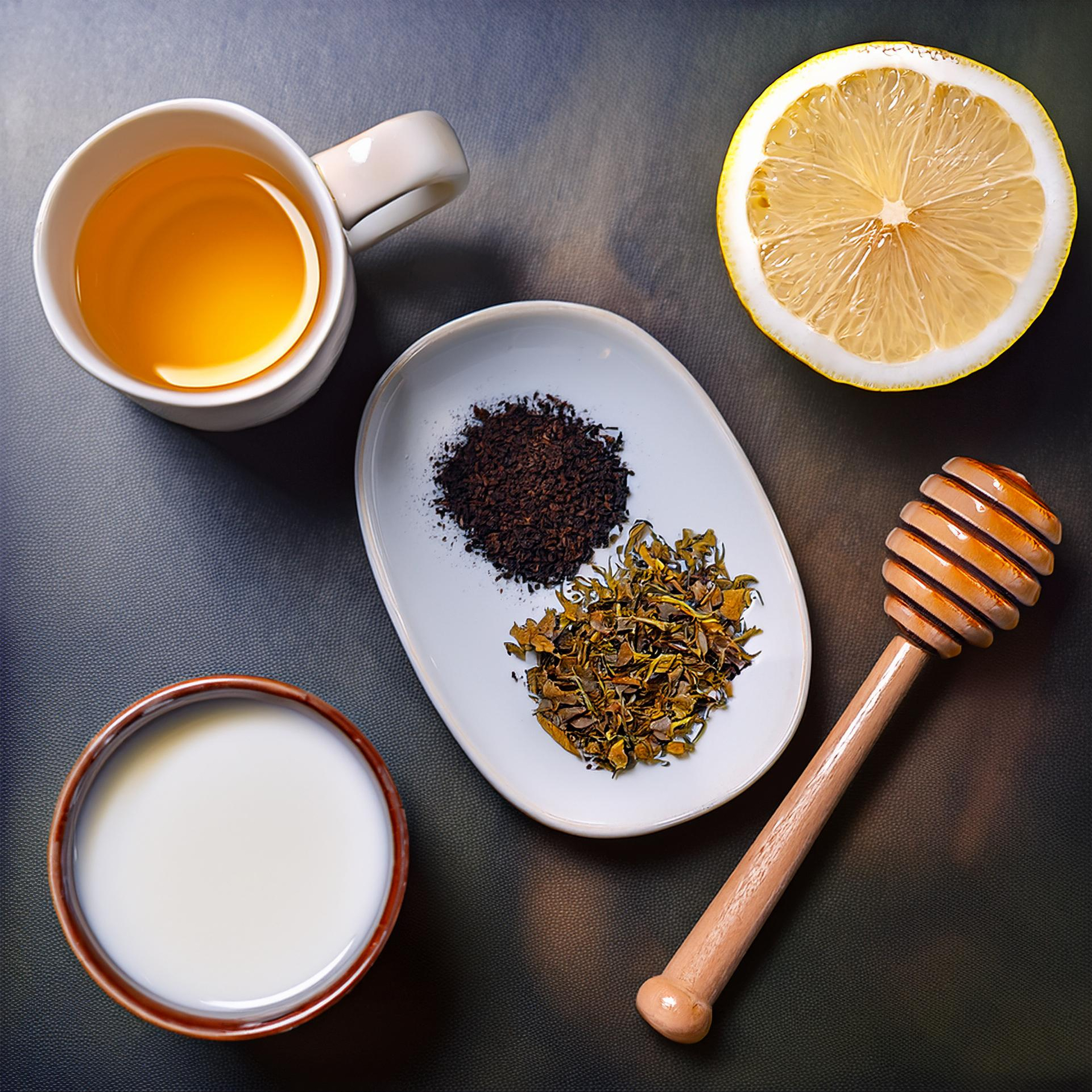
Step 1: Get your Tea Tools Ready!
You can make loose leaf tea in a teacup with an infuser or use a teapot with an infuser integrated or a separate tea filter. Any way you pick, ensure your teapot equals your needs. Teapots come in different sizes, usually from 4 to 6 cups.
Step 2: Measure Your Tea Leaves
1 teaspoon of loose-leaf tea (approximately 2–3g) per cup
For a 6 oz cup, this measurement ensures the ideal balance of flavor.
Step 3: Heat the Water to the Right Temperature
For black loose leaf tea, use newly (try using spring water not tap) boiled water at 100°C (212°F)
Green or white tea can require lower temperatures to preserve their subtle flavors.
Step 4: Steep Time
Let the loose leaf tea steep for 4–6 minutes, that’s a bit longer than a teabag (3–5 minutes). This extra time lets the loose leaves to fully release all the flavors and nutrients.
Step 5: Strain and Serve
Pour the steeped tea through a filter into your teacup.
Adding some milk, sugar, honey, or lemon can add to how the tea tastes, but will alter calories, fat and sugars so keep that in mind.
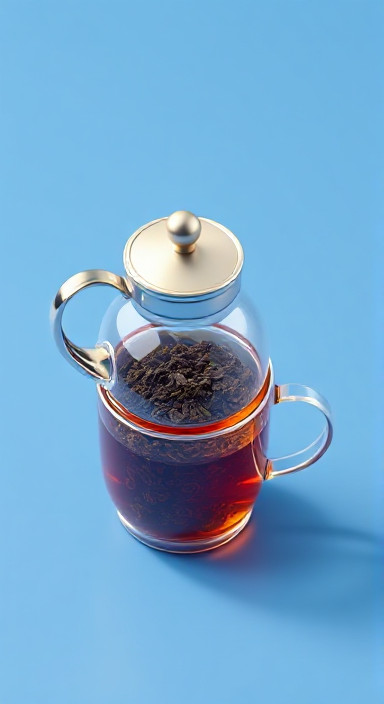
- Investigate and try out how many loose leaf tea leaves to get your proper brew strength.
- This is some sample cRemember re-steeping tea leaves will have a lighter and less strong flavor after a second infusion.ontent
- Always use spring water for boiling to ensure the cleanest taste.
Loose Tea FAQ
